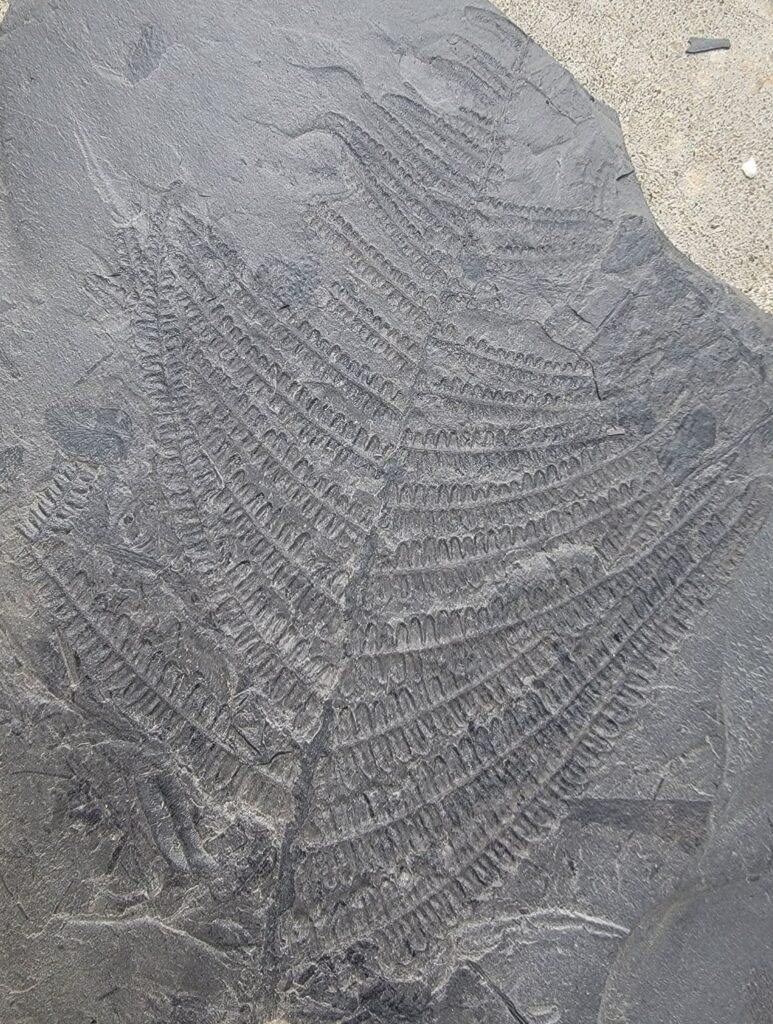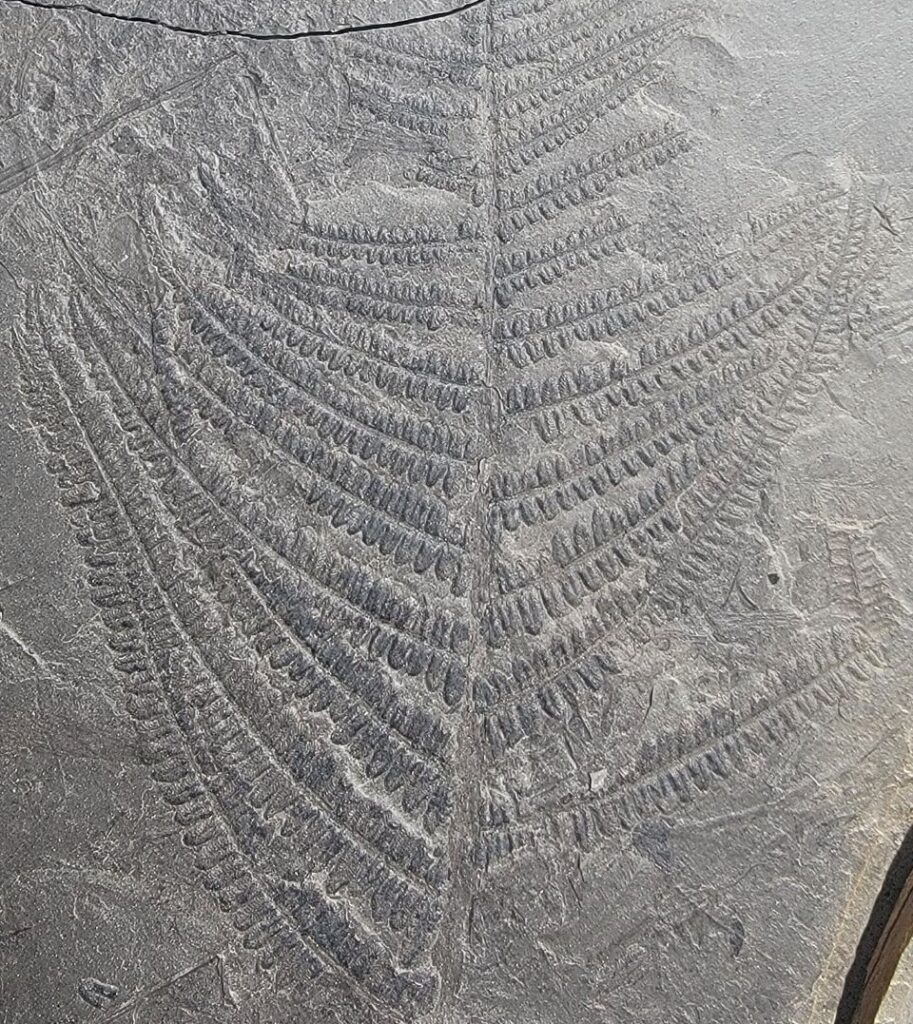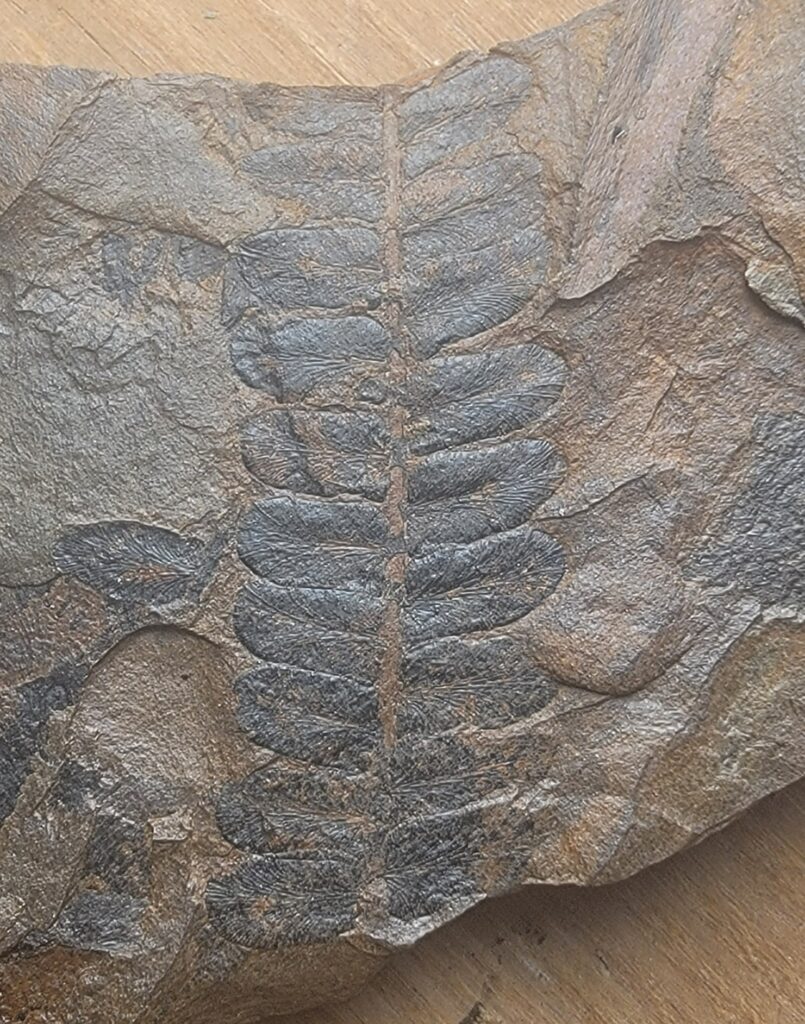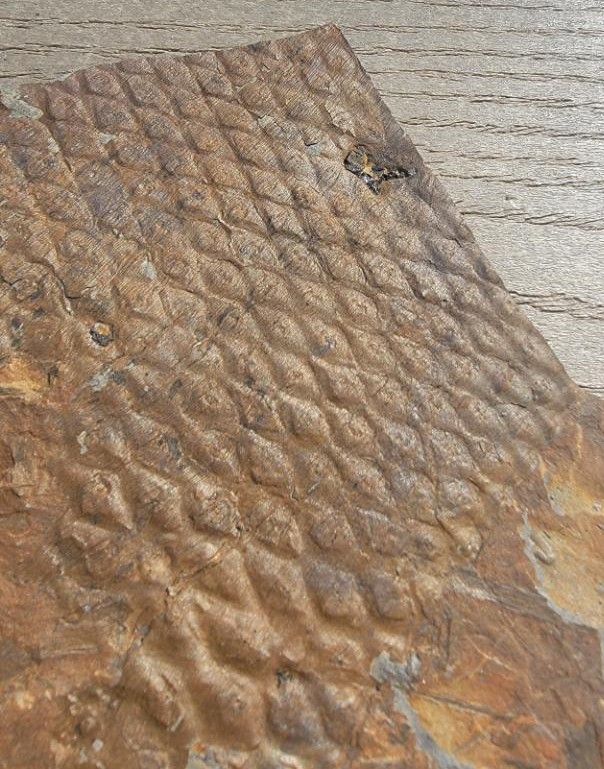The Pennsylvanian Period: The Age of Coal Forests
The Pennsylvanian Period (approximately 323 to 299 million years ago) is the latter half of the Carboniferous Period in North America, following the Mississippian. This time is famous for its vast swampy forests, which led to the formation of extensive coal deposits, and for significant evolutionary advancements in terrestrial ecosystems. It also witnessed dramatic climatic shifts and geological changes that shaped the Earth’s surface.
Geological Context and Climate
During the Pennsylvanian, the continents were moving closer together, with Laurussia (including North America and parts of Europe) colliding with Gondwana to form the early stages of the supercontinent Pangaea. These tectonic collisions created mountain ranges such as the Appalachians and Variscan Belt.
The climate was warm and humid for much of the period, creating ideal conditions for coal-forming swamp forests. However, glaciations in the southern hemisphere caused periodic climate fluctuations, leading to alternating wet and dry periods. These shifts contributed to the cyclothems, repeating sequences of sedimentary rocks that record changes in sea level and climate.
Coal Forests: The Lush Swamps of the Pennsylvanian
The defining feature of the Pennsylvanian Period was the proliferation of vast tropical coal forests in lowland, equatorial regions. These swampy environments were dominated by:
- Lycopods: Giant club mosses, such as Lepidodendron and Sigillaria, formed the towering trees of these forests.
- Horsetails: Plants like Calamites reached heights of up to 30 feet, thriving in the waterlogged soil.
- Ferns and Seed Ferns: Species like Psaronius and Medullosa added diversity to the forest understory.
- Cordaites: Early conifer-like plants grew in drier areas, extending the forest ecosystem.

The remains of these plants were buried in waterlogged conditions, preventing decay and eventually transforming into the coal deposits that power much of the modern world.
Evolutionary Advances in Animals
The Pennsylvanian Period was a time of significant evolutionary progress, particularly in terrestrial ecosystems:
- Insects:
- Giant insects, such as the dragonfly-like Meganeura with a wingspan of over two feet, flourished in the oxygen-rich atmosphere.
- Early cockroaches, millipedes, and other arthropods thrived in the forest litter.
- Amphibians:
- Amphibians were abundant and diverse, occupying ecological niches ranging from aquatic to semi-terrestrial habitats.
- Some amphibians, like Eryops, grew to large sizes and were dominant predators in swamp ecosystems.
- Reptiles:
- The Pennsylvanian marks the rise of the first amniotes, animals that laid eggs with protective shells, freeing them from the need to reproduce in water.
- Early reptiles, such as Hylonomus, began to exploit drier habitats, paving the way for future terrestrial vertebrate evolution.
Geological Features and Fossils
The Pennsylvanian Period is known for its distinctive cyclothems, sequences of alternating coal, shale, sandstone, and limestone layers. These cycles reflect repeated advances and retreats of shallow seas due to glacial cycles and tectonic shifts. Cyclothems are key to understanding Pennsylvanian geology and are economically important for their coal deposits.
Fossil sites from the Pennsylvanian are abundant and rich, offering a glimpse into the diverse ecosystems of the time. Notable fossil deposits include:
- Mazon Creek Fossil Beds (Illinois, USA): Famous for its exceptional preservation of plants, insects, and soft-bodied organisms.
- Joggins Fossil Cliffs (Nova Scotia, Canada): Renowned for its fossilized tree stumps and evidence of early reptiles.
Climatic and Geological Shifts
The Pennsylvanian Period was marked by dynamic environmental changes. Ice sheets expanded and contracted over Gondwana, causing sea levels to rise and fall. This led to the repeated formation and destruction of coal swamps and played a role in shaping the period’s distinctive sedimentary sequences.
Mountain-building events, such as the continued uplift of the Appalachians, also influenced local climates and created habitats for diverse species. These tectonic activities laid the groundwork for the geography of the Permian and later periods.
Legacy of the Pennsylvanian Period
The Pennsylvanian Period left a profound legacy on Earth’s geological and biological history. Its coal deposits fueled the Industrial Revolution and continue to be a critical energy source today. The period’s lush forests and diverse ecosystems highlight the adaptability and innovation of life, from giant insects to the first reptiles.
As a pivotal chapter in the Carboniferous Period, the Pennsylvanian represents a time of extraordinary natural richness and geological transformation—a testament to the dynamic interplay between life, climate, and the Earth itself.
Pennsylvanian Fossil Gallery



